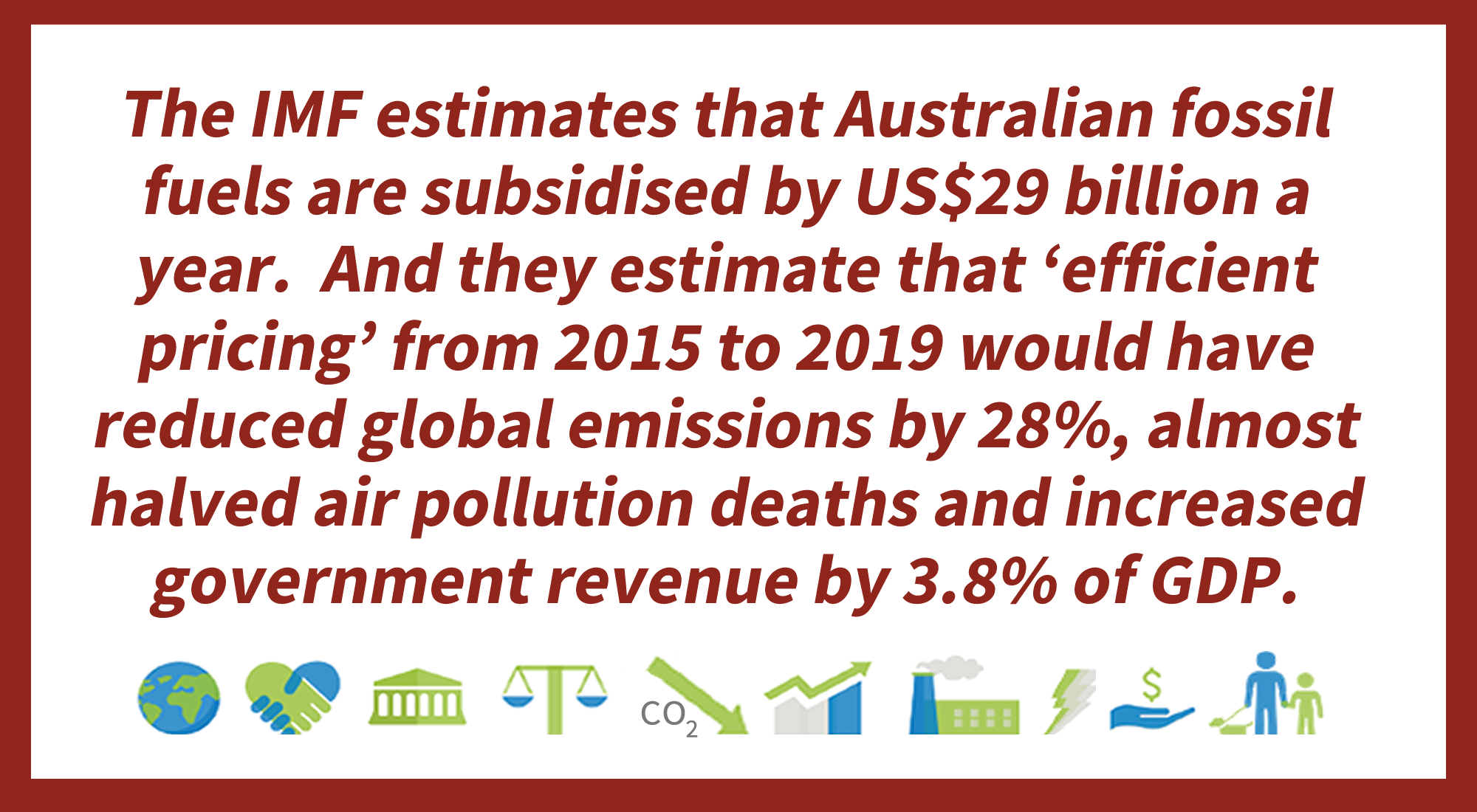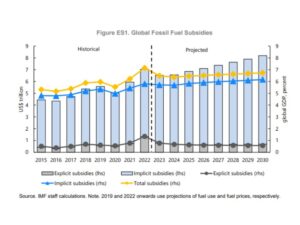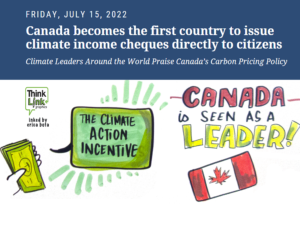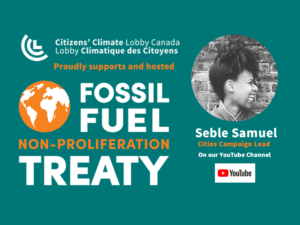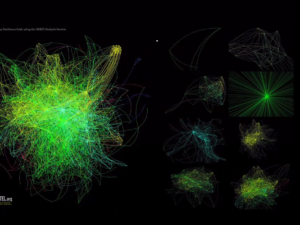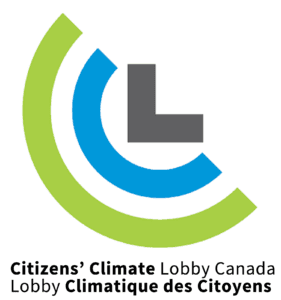Tragically, we now have a disaster serious enough to wake up almost all of us to the catastrophe that is unfolding in large parts of Australia and advertising itself to the rest of the world. The government now has the opportunity to break with the narrow sectional interests that have been constraining its climate policies and begin to lead in the national interest. It can now move to ’climate rescue’ mode. Hopefully they will be meeting in some sort of war-cabinet very soon to consider how best to respond to the current disaster and how best to definitively shift to a zero-carbon economy. Australia needs to know that our government is responding appropriately to both the immediate emergency and to the climate and ecological crisis that is escalating before our eyes. Both are vitally important, the second one more so because it will affect us for generations to come. There are a range of policy options available to them. Hopefully they will take the courageous step of seriously considering the long-excluded and oft-demonised option that happens to be one of the best – putting a price on carbon. A well-designed carbon price can drive an economy-wide decarbonisation process that will be much smoother than disastrous disruptions forced on us by escalating natural disasters. Business, industry, scientists, economists and citizens are asking for a price signal to guide their daily decisions towards zero carbon. Individual citizens and businesses are reducing their emissions, but these amount to drops in the ocean when compared to a collective effort supported by a legislated price signal that levels the playing field. Fossil fuel industries are planning to continue exploration and expand production over the next decade. They can’t individually choose otherwise and give market share to their competitors. They need a government imposed ‘glide path’ to enable them to phase out production over a decade and, transition to the zero carbon industries that we will be desperately needing. They also need the true costs of fossil fuels to be revealed and implicit subsidies removed so that the advantages of zero-carbon alternatives become even clearer. The IMF estimates that Australian fossil fuels are subsidised by US$29 billion a year. And they estimate that ‘efficient pricing’ from 2015 to 2019 would have reduced global emissions by 28%, almost halved air pollution deaths and increased government revenue by 3.8% of GDP. An efficient carbon price ends these subsidies, slashes emissions and enables the industries of the future to flourish. But we are faced with an industry that naturally does not want to give up its advantage and the legacy of decades of effective lobbying and politicking to keep carbon pricing off the table. Today’s bushfires require that it goes back onto the table and that courageous leadership is taken to keep it there. Citizens Climate Lobby has a ready-made policy option ready for consideration and hopefully, timely adoption. Carbon Fee and Dividend puts a steadily increasing fee on the carbon content of fossil fuels (at the point where they enter the economy) and immediately returns the revenue to Australian households. This gives citizens, business and finance clear opportunities to invest in low-carbon alternatives and smooths the transition to a decarbonised economy. It takes the burden off individual citizens and businesses and shares it across the community and the economy. The dividend makes it acceptable to citizens and makes it harder to scare them into thinking they will be penalised. The reality is we will all be penalised by not taking this step. US modelling predicts the dividend also boosts the economy, creates new jobs and saves lives. And it ensures new growth will be mostly in sustainable, low-carbon activities. It should be an easy choice for a pro-business, market-oriented government. Richard Holden and Rosalind Dixon at UNSW have modelled a carbon fee and dividend policy in the Australian economy and presented it as the Australian Climate Dividend Plan. A very recent community survey indicates that 65% would support such an impost on companies that produce carbon specifically to encourage a reduction in emissions. That support rises to over 73% if it is explained the tax is redistributed to taxpayers and is designed to lower emissions and encourage investment into technology to achieve this. Carbon fee and dividend gives the government a voter-friendly policy option that enables it to rescue the climate and in doing so, rescue its severely tarnished credentials as protector of its citizens. It would also enable Australia to reclaim its reputation as a nation willing to punch above its weight on big issues and join a friendly but determined race to zero carbon. by Rod Mitchell, National Chair, Citizens Climate Lobby Australia MESSAGE FROM CCL CANADA “When one country has a climate emergency, the whole world has a climate emergency. If you are Australian, and you want carbon fee and dividend for Australia, then join this group. If you don’t have time, then please consider contacting CCL Australia and ask them specifically how you can help. Climate adocacy groups are seriously underfunded. Our CCL national leaders across the planet are highly trained and know what they are doing Consider donating to CCL Australia,” says Cathy Orlando, National Director of CCL Canada and International Outreach Manager for Citizens’ Climate Lobby International. To learn more about them explore their website. Marshall Saunder’s vision for humanity is global. CCL Australia joined Citizens’ Climate Lobby in the fall of 2013 about the same time CCL Sweden joined. There are now 55 countries in our CCL family.SPECIAL BLOG FROM AUSTRALIA:
Carbon pricing to the rescue – for climate and government
SPECIAL BLOG FROM AUSTRALIA: Carbon pricing to the rescue – for climate and government
Home » CCL Canada News » SPECIAL BLOG FROM AUSTRALIA: Carbon pricing to the rescue – for climate and government
SPECIAL BLOG FROM AUSTRALIA: Carbon pricing to the rescue – for climate and government
Posted on January 7, 2020 in Blog


